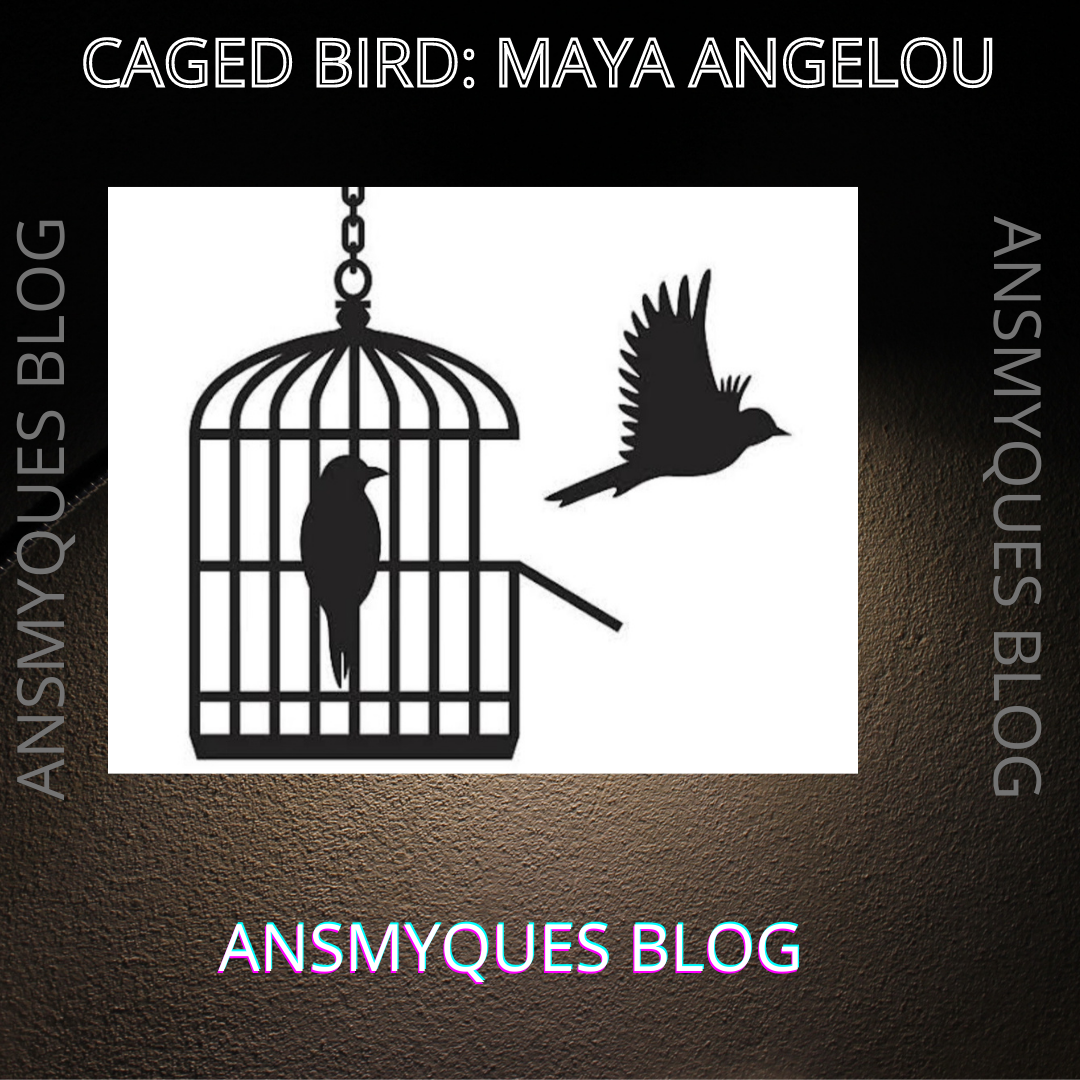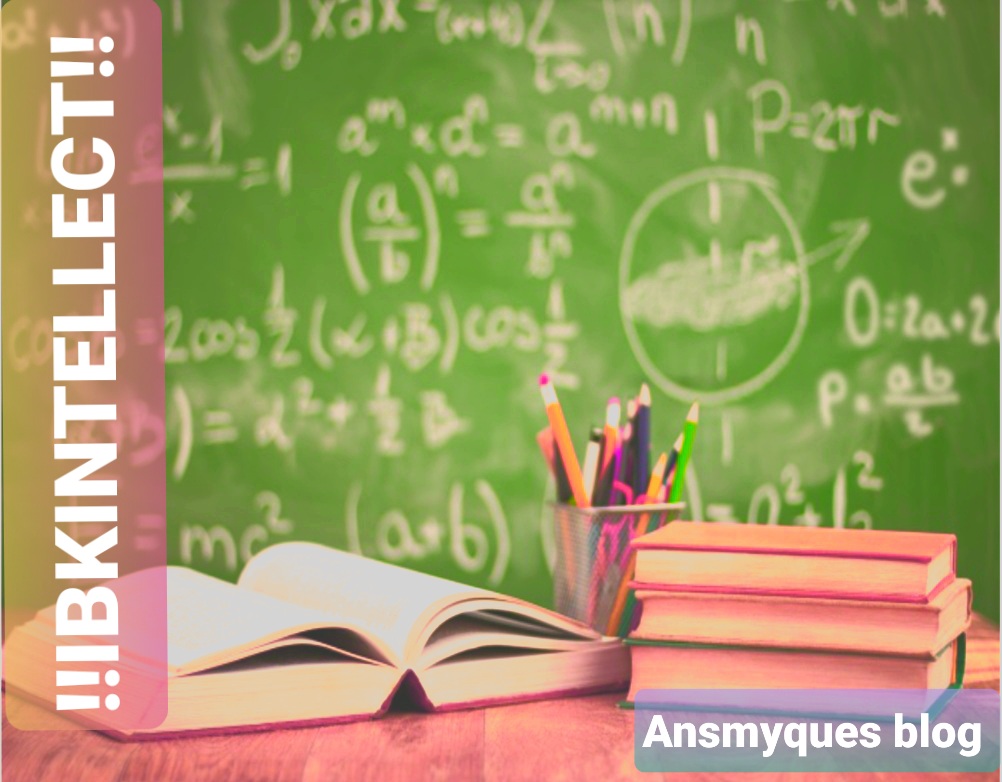“MY LAST DUCHESS” BY BROWNING R BACKGROUND, SETTING, SUMMARY, ANALYSIS AND FIGURES OF SPEECH

That’s my last Duchess painted on the wall,
Looking as if she were alive. I call
That piece a wonder, now: Fra Pandolf’s hands
Worked busily a day, and there she stands.
Will’t please you sit and look at her? I said
“Fra Pandolf” by design, for never read
Strangers like you that pictured countenance,
The depth and passion of its earnest glance,
But to myself they turned (since none puts by
The curtain I have drawn for you, but I)
And seemed as they would ask me, if they durst,
How such a glance came there; so, not the first
Are you to turn and ask thus. Sir, ’twas not
Her husband’s presence only, called that spot
Of joy into the Duchess’ cheek: perhaps
Fra Pandolf chanced to say “Her mantle laps
Over my lady’s wrist too much,” or “Paint
Must never hope to reproduce the faint
Half-flush that dies along her throat”: such stuff
Was courtesy, she thought, and cause enough
For calling up that spot of joy. She had
A heart—how shall I say?—too soon made glad,
Too easily impressed; she liked whate’er
She looked on, and her looks went everywhere.
Sir, ’twas all one! My favour at her breast,
The dropping of the daylight in the West,
The bough of cherries some officious fool
Broke in the orchard for her, the white mule
She rode with round the terrace—all and each
Would draw from her alike the approving speech,
Or blush, at least. She thanked men,—good! but thanked
Somehow—I know not how—as if she ranked
My gift of a nine-hundred-years-old name
With anybody’s gift. Who’d stoop to blame
This sort of trifling? Even had you skill
In speech—(which I have not)—to make your will
Quite clear to such an one, and say, “Just this
Or that in you disgusts me; here you miss,
Or there exceed the mark”—and if she let
Herself be lessoned so, nor plainly set
Her wits to yours, forsooth, and made excuse,
—E’en then would be some stooping; and I choose
Never to stoop. Oh sir, she smiled, no doubt,
Whene’er I passed her; but who passed without
Much the same smile? This grew; I gave commands;
Then all smiles stopped together. There she stands
As if alive. Will’t please you rise? We’ll meet
The company below, then. I repeat,
The Count your master’s known munificence
Is ample warrant that no just pretence
Of mine for dowry will be disallowed;
Though his fair daughter’s self, as I avowed
At starting, is my object. Nay, we’ll go
Together down, sir. Notice Neptune, though,
Taming a sea-horse, thought a rarity,
Which Claus of Innsbruck cast in bronze for me!
SUMMARY OF MY LAST DUCHESS
The poem primarily is talking about objectification of women, this means that believing a lady is a mere chattel or property to be owned rather, a person, someone of great valour to be recond with and be respected even in choices and inner life. The Duke here was talking to a particular emissary (a representative) of his about-to-be father in law. This about-to-be father in law of this Duke happens to be a count (an European noblemen whose rank corresponds to that of a British earl- rank below a marquess and above a viscount) and it more like they ( the Count and his emissary) have come to the Duke’s place to greet him and on this expedition that the Duke decides to show the emissary or the representative of the count the portrait of his “Last Duchess”
“My Last Duchess” is a dramatic monologue in which the Duke of Ferrara tells the messenger of his potential wife’s family about his previous wife, the “last” duchess of the poem’s title. Using a painting of that former duchess as a conversation piece, he describes
what he saw as her unfaithfulness, frivolity, and stubbornness, and implies that he prefers her as a painting rather than as a living woman. Throughout the poem, the duke reveals his belief that women are objects to be controlled, possessed, and discarded. In many ways, this reflects the thinking of Browning’s own era, when Victorian social norms denied women the right to be fully independent human beings. Through this portrayal of the duke, Browning critiques such a viewpoint, presenting sexism and objectification as dehumanizing processes that rob women of their full humanity.
The duke’s treatment of the painting reflects his treatment of women as objects to be owned. His description of the painting as a “piece” and a “wonder” portray it as a work of art rather than a testament to a former love. By repeating the name of the painter (the famous “Fra Pandolf) three times in the first 16 lines of the poem, he again implies that he values the painting because of its status as an object that shows off his (that is, the duke’s) wealth and clout. The painting is meant to aggrandize the duke rather than honor the woman it portrays.
This is made even clearer by the fact that the duke has placed this painting in a public area of his palace so he can proudly display it to guests, whom he invites to “sit and look at her” much like a museum curator would direct visitors to a famous work of art in a gallery. Such an attitude is reflected yet again when he tells the messenger that the Count’s “fair daughter’s self [… is his] object”: he intends to make his
new bride another one of his possessions. Women, in the duke’s mind, are simply ornamental objects for men rather than actual people in their own right.
The poem thus implies that the duke finds his former wife’s actions unforgivable because they reflected her status as an independent person rather than an inanimate possession. Her crimes appear to be not sexual or romantic infidelity, but rather being happy (“too soon made glad,”), appreciative of others (she
considered the duke’s “gift of a nine-hundred-years-old name / With anybody’s gift”), self-confident (she wouldn’t “let / Herself be lessoned”), and willing to stand up for herself (she “plainly set / Her wits to [his]”). The duke, however, appears to believe that a husband owns his wife, and therefore has the right to dictate her feelings and to be the sole recipient of her happiness, kindness, and respect; any indication that she has thoughts or feelings of her own are unacceptable.
Ultimately, the poem heavily implies that the duke was so vexed by the idea that his former wife had an inner life of her own that he had the “last duchess” killed. Of course, the duke avoids explicitly confessing to assassinating his wife, and Browning himself allegedly once said in an interview that the duke may have simply had her sent to a convent. Regardless, the outcome is the same: there is no “last duchess” present in the poem to speak for herself and give her side of the story. The poem thus underscores how objectifying
women ultimately silences them, robbing them of their voices and autonomy.
Form/Structure
“My Last Duchess” comprises rhyming pentameter lines. The lines do not employ end-stops; rather, they use enjambment—gthat is, sentences and other grammatical units do not necessarily conclude at the end of lines. Consequently, the rhymes do not create a sense of closure when they come, but rather remain
a subtle driving force behind the Duke’s compulsive revelations. The Duke is quite a performer: he mimics others’ voices, creates hypothetical situations, and uses the force of his personality to make horrifying information seem merely colorful. Indeed, the poem provides a classic example of a dramatic monologue: the speaker is clearly distinct from the poet; an audience is suggested but never appears in the poem; and the revelation of the Duke’s character is the poem’s primary aim.
Themes
1. Admiration and Loving heart
2. Manipulative acts and control
3. Social Status, Art, and Elitism
4. Objectification of women
5. Feminism
WHAT ARE THE SYBOLISM IN MY LAST DUCHESS?
1. The Painting:
The painting of the former duchess is more than just a work of art. At first, it appears to be a symbol of the duke’s status, since he displays it like a work in an art gallery. He has placed a chair in front of it so that people can sit and admire it, and he brags about the fame and skill of the man who painted it (Fra Pandolf). But once the duke tells his guest more about the former duchess, it becomes clear that the painting is also a symbol of the objectification of women. Although the duke despised the duchess as a wife because she smiled too much at others for his liking, he loves the painting of her. Unlike his human being, the painting is something he can control. Indeed, he’s placed a curtain in front of the canvas so that now he gets to decide whom the painting smiles upon, and he has placed a chair in front of it so he can control the movements of the people who look at her. The painting, then, is essentially the objectified version of his former wife—a relic that aggrandizes the duke while reminding him of his dominance over others.
2. The Statue of Neptune:
At the end of the poem, the duke directs his guest’s attention toward this bronze statue by the famous Claus of Innsbruck. Neptune is the Roman god of the sea, and the statue represents dominance. As such, the statue perfectly reflects the duke’s opinion of himself: he sees himself as an all-powerful god who tames and subdues everything around him, whether wives or prospective in-laws.
What’s more, the statue is “a rarity,” further implying how special and powerful the duke must be in order to be in possession of it.
The language the duke uses when describing the statue suggests how he plans to dominate and control his prospective fiancée and in-laws (including the Count and his daughter). For instance, the duke commands the emissary to wait for him (the duke) to go downstairs with the words “Nay, we’ll go / Together down, sir,” and has therefore moved from asking (“Will’t please you rise?” in line 47) to dictating and controlling others’ movements. The duke issues another command in line 54 with the phrase “Notice Neptune,” and the alliteration of those words emphasizes that refusing isn’t a possibility.
You can also read all the other RECOMMENDED JUPEB syllabus
ALL JUPEB LITERATURE POEMS
– ALL THE RECOMMENDED POEM FOR JUPEB
– ANTHEM OF THE DOOM YOUTH
ANTHEM FOR A DOOM YOUTH BY WILFRED OWEN, BACKGROUND, SETTING, SUMMARY AND FIGURES OF SPEECH
– BLACK WOMAN BY LEOPOLD SEDAR SENGHOR
– NIGHT FALL IN SOWETO BY MTSHALI MBUYISENI
Nightfall in Soweto by Oswald Mbuyiseni Mtshali (Lines, Analysis/Summary)
– “MY LAST DUCHESS” BY BROWNING R BACKGROUND, SETTING, SUMMARY, ANALYSIS AND FIGURES OF SPEECH
“MY LAST DUCHESS” BY BROWNING R BACKGROUND, SETTING, SUMMARY, ANALYSIS AND FIGURES OF SPEECH


